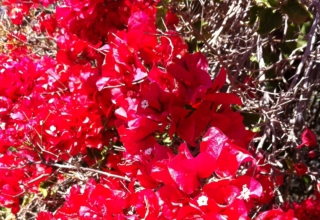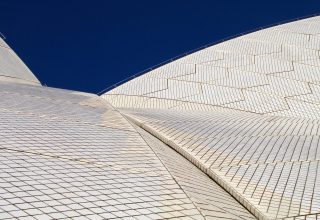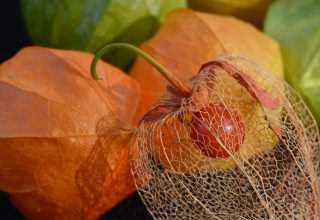
Motivation types
Layer one: lead the lizard with pleasure and pain
The first or biological layer (the brain stem) is the Lizard brain. It governs physiology: motor control, action selection, immediate fear response, breathing and attraction. Think about motivating a reptile. Its basic biological brain is wired to move toward pleasure and away from pain: the rock is hot – get to shade… the berry is sweet – yum, eat it. Pleasure and pain are most useful for breaking physical addictions and changing bad habits, for example smoking or substance abuse. It is also useful for immediate behavioural change.
EXAMPLE
People who are trying to lose weight often associate exercise with pain and fast food with pleasure. This is not serving them well – it makes for a fat lizard. Then along comes someone like Margie Cummins, (2012 winner of the World’s Biggest Loser) and she manages to switch her motivational associations. By the end of the program exercise = pleasure and fast food = pain.
FAILURE PROOF IT
Motivator 1 – Pleasure: make it visible
According to Lydia Zepeda & David Deal from the University of Wisconsin-Madison we work better when we can see our goal and can see the improvements. People who use food diaries (written or photographed) lose three times as much weight as those who don’t.
Motivator 2 – Pain: threaten loss
According to Dan Ariely from Duke University, our lizard brains treat a dollar lost the same as two dollars gained (this is called loss aversion). Adding a small loss to goals – such as a fine paid to a friend when you fail to make the goal – can significantly improve motivation. See www.stickk.com for a great system to help.
Layer two: motivate the monkey with reward and punishment
The second or emotional layer (the limbic system) is the Monkey brain. It governs social functions: memory, relationships, binding and attachment, nervous response and it modulates our emotions. Think of motivating a mammal. The emotional brain chases reward (a carrot) and is dissuaded by punishment (a stick). This layer of the brain is motivated if it can predict the outcome: if there is a cause/effect relationship. It works best for short term goals (monkeys don’t have a great memory for past promises).
Download Article 1K Club


















